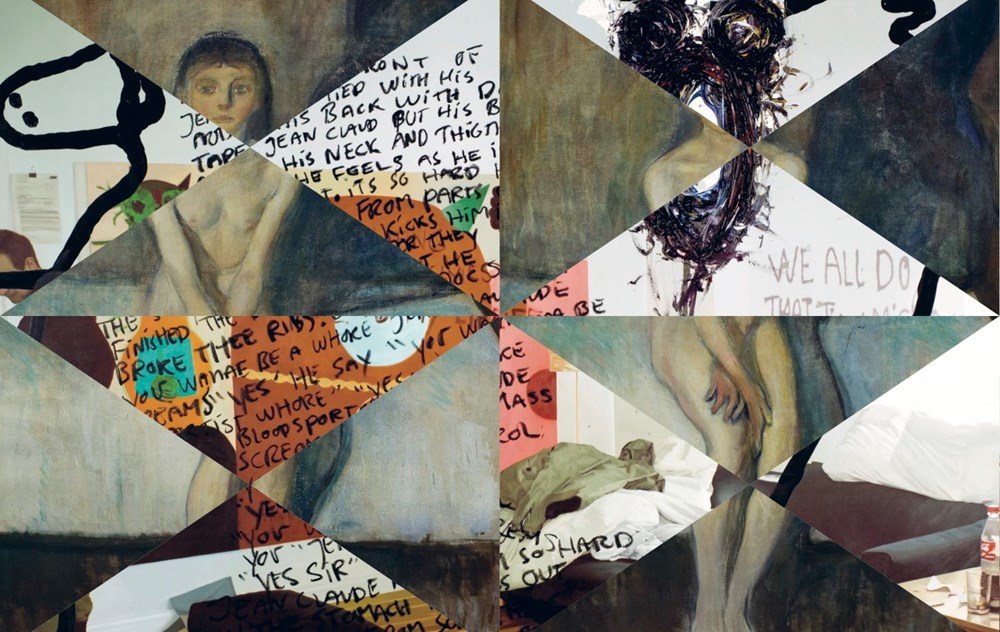Exhibition
Edvard Munch is often mentioned in connection with Bjarne Melgaard's art, but little has been done to examine what might underlie the relationship between these two artists. One could interject that it is both easy and tempting to resort to Munch's name when mentioning potential new stars in the constellation of Norwegian art. But as the exhibition will demonstrate, there are a number of connections between Munch and Melgaard's art that run far deeper than sensation and scandal.
On a purely formal level it is obvious that Melgaard has been influenced by Munch in one way or another. One can find clear traces of Munch's late painting style and spontaneous line drawing in Melgaard's expressive brushwork. In Melgaard one can also find numerous references to Munch motifs, such as Death and Life (1894), Kiss (1897) and Hands (1893-94). With these motifs as a point of reference, Melgaard cites Munch several times and quite directly by developing the motifs and interpreting them in light of his own artistic project. One example of this is Untitled (Couple) from 1997, where he develops the figures in Munch's Kiss. Yet the exhibition will demonstrate that there is a kinship between Munch and Melgaard, which reflects far more fundamental aspects of their art than painting styles and citations. In Munch and Melgaard's works one finds not only similar motifs, but also a thematic kinship that makes it meaningful to see these two artists side by side.
With references to themes such as sexuality, gender, death, loneliness and alienation, both artists deal with central experiences encountered by the human being in modern society, yet set against the backdrop of their own times. Structured around various themes, the main focus of the exhibition will be directed towards how the two, each in their own way, treat issues related to ideology and social criticism.
By presenting a number of artworks by Munch and Melgaard side by side in the Munch Museum, this exhibition explores how in different ways and employing different motifs, their projects revolve around a similar romantic and dystopian critique of modern civilisation.
Through his historical significance and popularity, Munch's art has been subjected to considerable exposure in a widespread public context, but few have posed questions about this exposure and what his relevance might consist of today, other than as a cultural historical icon. With this exhibition the museum wishes to shed light on Munch's social relevance today.
Contemporary, political and critical issues form a central part of Melgaard's oeuvre. With references to political and social issues, often in the guise of phenomena found in marginalised and subculture milieus, he has posed provoking and critical questions throughout his artistic career. Based on this perspective we will investigate the relationship between the artists' critical potential, and not least, how Munch's art holds up in relation to Melgaard's critique of the social and political conditions in our time.
Aside from works by Edvard Munch the exhibition is structured around a number of older works by Bjarne Melgaard, which encompass painting, drawing, video and sculpture. Melgaard also contributes a number of new works, which are assembled together in one room. Here he presents a series of paintings and a group of sculptures that revolve around the theme "Skater Rats", and one can perhaps sense something of the same atmosphere found in Munch's painting Melancholy from 1891. This part of the exhibition also includes a soundtrack, textile dolls and articles of clothing made in collaboration with the fashion label 69. Through these works Melgaard demonstrates his relationship with Munch, and what he feels is important about his predecessor.
About the exhibition
Artist Bjarne Melgaard in conversation with curator Lars Toft-Eriksen.
Film photographer: Vegard Kleven




